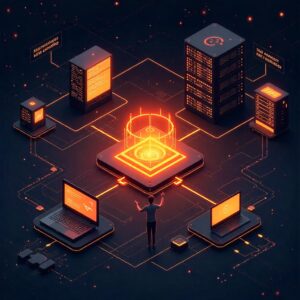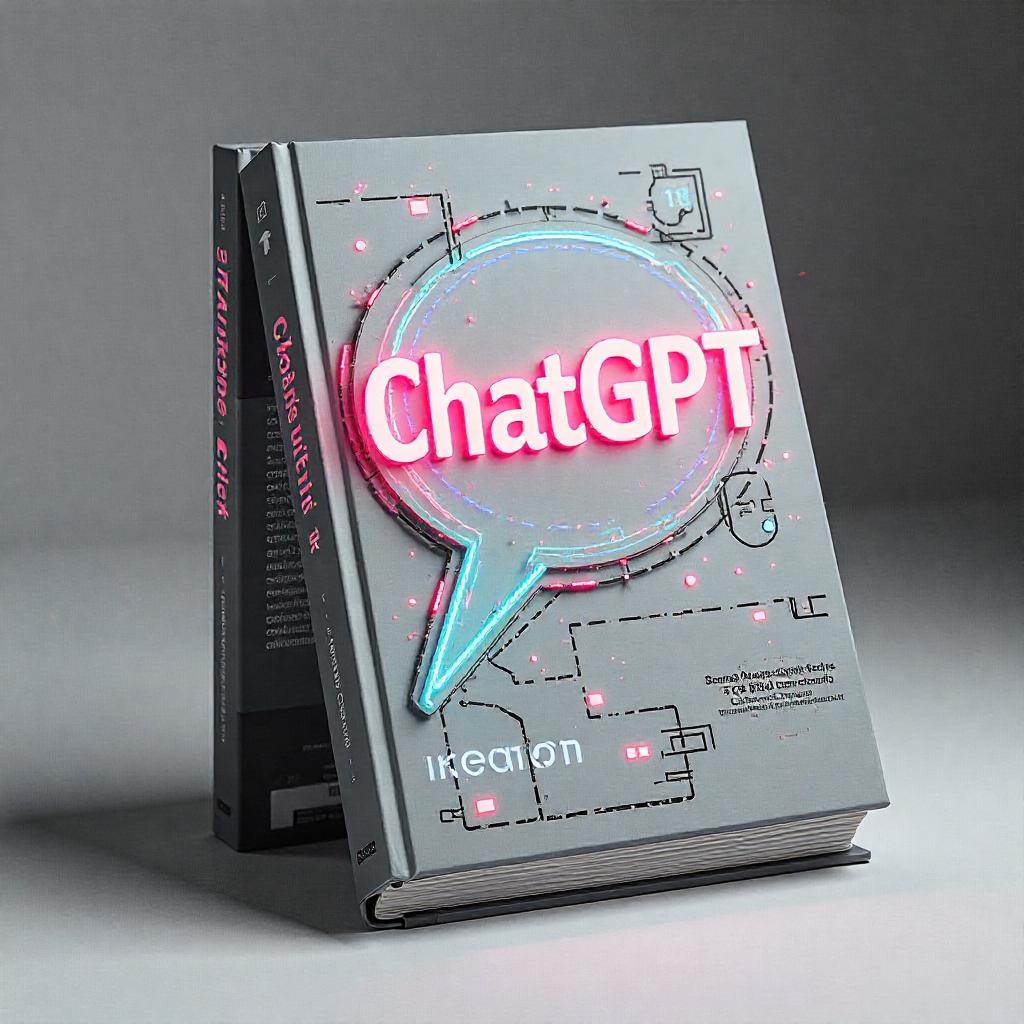Introduction
The rapid advancement of artificial intelligence (AI) has led to significant breakthroughs in various fields, particularly in the realm of conversational agents. Among these innovations, OpenAI ChatGPT stands out as a transformative force, enabling machines to engage in human-like dialogue. As businesses and individuals increasingly rely on intelligent conversational agents, understanding the impact and potential of ChatGPT becomes essential in navigating this new landscape.

Conversational AI refers to technology that enables computers to communicate with humans in natural language. This technology has evolved dramatically over the past few years, culminating in models like ChatGPT, which leverage deep learning and vast datasets to generate coherent and contextually relevant responses. In this blog post, we will explore what OpenAI ChatGPT is, how it works, its applications, ethical considerations, and its future implications.
What is OpenAI ChatGPT?
OpenAI ChatGPT is a sophisticated conversational AI model built on the principles of natural language processing (NLP). It utilizes a deep learning architecture known as the transformer, which allows it to understand and generate human-like text. Its design is based on the Generative Pre-trained Transformer (GPT) framework, which was developed by OpenAI.
Definition and Functionality
ChatGPT is designed to engage users in dialogue by predicting the next word in a sentence based on the context provided. It can perform various tasks, including answering questions, providing explanations, and even engaging in casual conversation. The model is trained on diverse datasets that encompass a wide range of topics, enabling it to communicate effectively on numerous subjects.
Key Features
Some of the key features of OpenAI ChatGPT include:
- Natural Language Understanding: ChatGPT can comprehend and process human language, allowing for meaningful interactions.
- Context Retention: The model can maintain context over multiple exchanges, making conversations feel more natural and fluid.
- Interactive Dialogue: ChatGPT is capable of engaging in back-and-forth conversations, responding to user inputs in real-time.
Evolution of GPT Models
The evolution of ChatGPT can be traced back to its predecessors, starting with GPT-1, which introduced the transformer architecture. Subsequent versions, including GPT-2 and GPT-3, saw significant improvements in language understanding and contextual awareness. Each iteration has built upon the previous one, resulting in a model that is more capable and versatile.
How OpenAI ChatGPT Works
At its core, ChatGPT operates using a transformer architecture, which processes input data in parallel, making it highly efficient. The model consists of multiple layers of neural networks that work together to analyze and generate text.

Underlying Technology
The transformer architecture is known for its attention mechanism, which allows the model to focus on specific parts of the input data when generating responses. This mechanism enables ChatGPT to understand context and relationships between words, resulting in coherent and contextually relevant outputs.
Data Sources
During its training phase, ChatGPT is exposed to vast datasets containing diverse language patterns. These datasets are sourced from books, websites, and other written materials, providing the model with a comprehensive understanding of human language. However, it is essential to acknowledge the limitations of ChatGPT, such as potential biases in its responses and the inability to access real-time information.
Limitations
While ChatGPT is a powerful tool, it is not without its limitations. Some of the challenges include:
- Biases: The model may inadvertently produce biased or inappropriate responses based on the data it was trained on.
- Lack of Real-Time Information: ChatGPT does not have access to current events or real-time data, which can limit its effectiveness in certain contexts.
- Understanding Nuance: While the model can generate human-like responses, it may struggle with nuanced topics or complex emotional contexts.
Applications of OpenAI ChatGPT
The versatility of OpenAI ChatGPT has led to its adoption across various industries. Its ability to understand and generate human-like text makes it a valuable asset in many applications.
Customer Support
One of the most common applications of ChatGPT is in customer support. Businesses deploy ChatGPT to provide instant responses to customer inquiries, enhancing user experience. By automating responses to frequently asked questions, companies can reduce response times and improve customer satisfaction. This application not only saves time but also allows human agents to focus on more complex issues.
Content Creation
Content creators leverage the capabilities of ChatGPT to generate articles, blogs, and marketing materials. The model can provide suggestions, draft outlines, and even write complete pieces, streamlining the writing process. This capability is particularly beneficial for marketers and content writers who need to produce high-quality content quickly.
Education
In the education sector, ChatGPT serves as a valuable resource for students seeking assistance with their studies. It can provide explanations, answer questions, and offer tutoring on various subjects. By acting as a supplementary learning tool, ChatGPT can help students grasp complex concepts and enhance their understanding of the material.

Healthcare
In healthcare, ChatGPT assists in patient interactions and information dissemination. It can provide patients with information about symptoms, treatments, and medications, helping them make informed decisions. Additionally, ChatGPT can streamline administrative tasks by automating appointment scheduling and answering common inquiries.
Ethical Considerations
As with any AI technology, ethical considerations surrounding OpenAI ChatGPT are paramount. The potential for biased outputs raises concerns about fairness and inclusivity.
Bias and Fairness
AI models, including ChatGPT, are only as unbiased as the data they are trained on. If the training data contains biases, the model may inadvertently produce biased outputs. OpenAI is actively working to address these issues by implementing measures to reduce bias in its models, such as fine-tuning and user feedback mechanisms.
Privacy and Security
The importance of data privacy cannot be overstated, as users must feel secure when interacting with AI systems. OpenAI has established guidelines to ensure that user data is handled responsibly and that privacy is maintained. Users should be aware of how their data is used and have the option to opt-out of data collection.
Regulatory Framework
As AI technology continues to evolve, the need for regulations surrounding its use becomes increasingly important. Policymakers must consider the implications of conversational AI like ChatGPT and establish guidelines that promote ethical use while encouraging innovation. OpenAI advocates for responsible AI development and engages with policymakers to shape the future of AI regulation.
The Future of OpenAI ChatGPT
Looking ahead, the future of OpenAI ChatGPT is filled with potential. Continuous improvements are anticipated, with future versions likely to exhibit enhanced capabilities and reduced biases.
Ongoing Improvements
OpenAI is committed to refining its models, incorporating user feedback, and addressing limitations. Future iterations of ChatGPT may feature improved contextual understanding, reduced biases, and the ability to access real-time information.
Integration with Other Technologies
The integration of ChatGPT with emerging technologies such as the Internet of Things (IoT) and augmented reality (AR) could further revolutionize how we interact with machines. Imagine a world where ChatGPT powers virtual assistants in smart homes or enhances educational experiences through interactive learning environments.

Impact on Job Markets
The rise of AI like ChatGPT prompts discussions about its impact on job markets and the evolving nature of work. While AI can automate routine tasks, it also creates opportunities for new roles that require human creativity and critical thinking. As AI continues to transform industries, workers will need to adapt and upskill to thrive in an AI-driven world.
Conclusion
In summary, OpenAI ChatGPT represents a significant advancement in conversational AI, with far-reaching implications across various sectors. Its ability to understand and generate human-like text has positioned it as a valuable tool for businesses, educators, and individuals alike. However, as we embrace the potential of ChatGPT, it is crucial to engage in conversations about the ethical considerations and future developments of this technology. By doing so, we can harness the power of ChatGPT to enhance our interactions with machines and improve our daily lives.
As we continue to explore the capabilities of OpenAI ChatGPT, it is essential to remain informed about its developments and implications. The journey of AI is just beginning, and with responsible use and ongoing innovation, we can unlock the full potential of ChatGPT and its successors to create a future where humans and machines collaborate harmoniously.


1 thought on “Understanding OpenAI ChatGPT: A Revolution in Conversational AI”